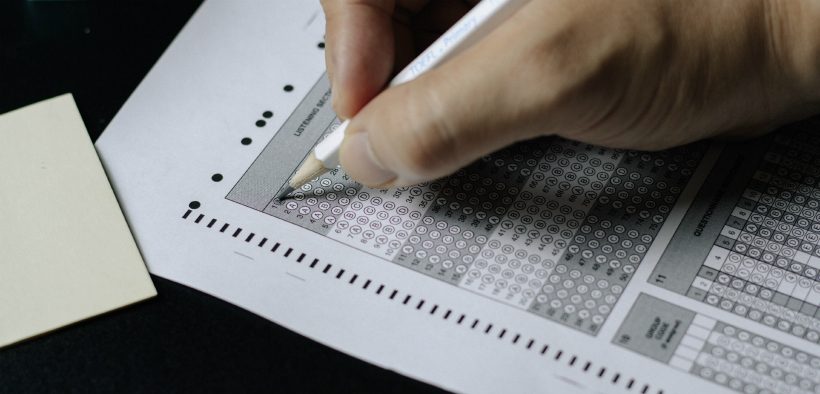Like many faculty members, I started teaching as a subject matter expert without a formal background in education. My examination questions were either based on questions I recall from my personal experience as an undergraduate or questions provided to me by more senior faculty. Since a poorly written exam could mean the difference between a student passing or failing my class, I wanted to learn more about exam design. What makes a good exam question? A good exam?
Using a Data-Driven Approach to Write Better Exams

- Tags: designing test questions, exams
Related Articles
I have two loves: teaching and learning. Although I love them for different reasons, I’ve been passionate about...
Active learning is a mostly meaningless educational buzzword. It’s a feel-good, intuitively popular term that indicates concern for...
Perhaps the earliest introduction a student has with a course is the syllabus as it’s generally the first...
Generative AI allows instructors to create interactive, self-directed review activities for their courses. The beauty of these activities...
I’ve often felt that a teacher’s life is suspended, Janus-like, between past experiences and future hopes; it’s only...
I teach first-year writing at a small liberal arts college, and on the first day of class, I...
Proponents of rubrics champion them as a means of ensuring consistency in grading, not only between students within...







